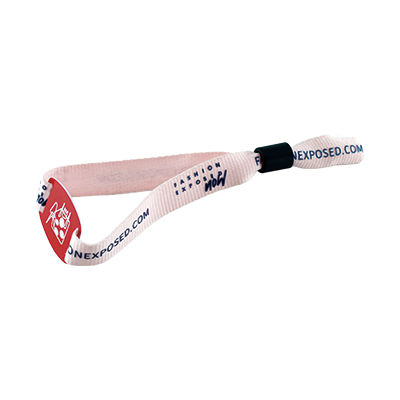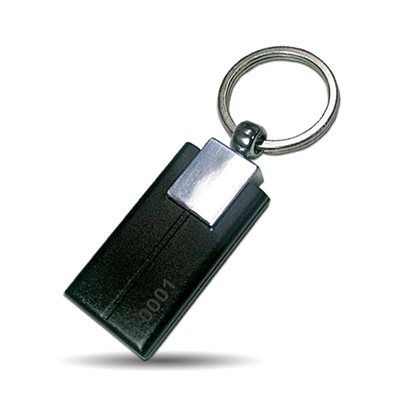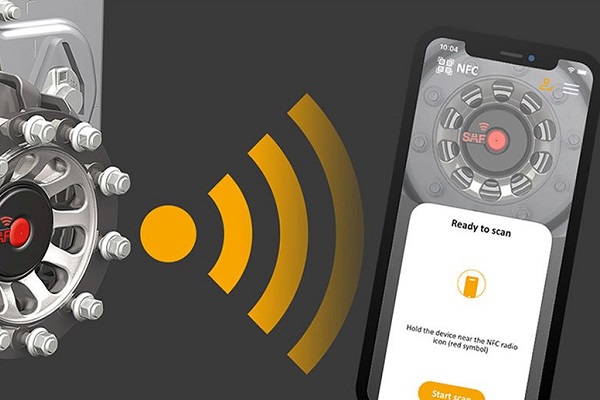Government facilities handle some of the world’s most sensitive data—yet $2.3 million is lost annually per agency due to document mismanagement and unauthorized access (U.S. GAO, 2023). From classified files to restricted zones, traditional security methods are failing to meet modern threats.
NFC (Near Field Communication) technology is stepping into this gap. By deploying FIPS 140-2-certified NFC tags, agencies are achieving military-grade security for documents, assets, and facilities. This guide explores NFC’s role in government operations, compliance frameworks, and real-world ROI.
1、The High Stakes of Government Security
$2.3 Million Per Agency: The Cost of Document Loss
Problem: Misplaced or stolen documents compromise national security and public trust.
Root Causes:
- Manual tracking errors.
- Counterfeit credentials.
- Delayed breach detection.
Solution: NFC-enabled automated tracking and access control.
2、NFC Solutions for Government Security Challenges
a.Classified Document Tracking with Tamper Alerts
How It Works:
- Embed NFC tags with tamper-evident seals into document folders.
- Tags trigger instant alerts if removed or altered.
- Audit trails log every scan (time, location, user).
Benefits:
- Reduces document loss by 70% (DHS pilot data).
- Accelerates audits with real-time dashboards.
Implementation Example:
The Department of Energy tags nuclear facility blueprints with NFC, ensuring only cleared personnel access files.
b、Tiered Access Control for Restricted Areas
How It Works:
- Issue NFC badges with dynamic permission levels (e.g., permanent staff vs. contractors).
- Integrate with biometric systems for multi-factor authentication.
Benefits:
- Prevents unauthorized entry to high-security zones (e.g., data centers, evidence rooms).
- Automatically revokes access when badges are reported lost.
3、Technical Standards: FIPS 140-2 Certification Explained
What It Is:
A U.S. government standard for cryptographic modules, ensuring data protection against cyberattacks.
Why It Matters for NFC:
Mandatory for handling sensitive government data.
Validates encryption strength (e.g., AES-256).
4、Case Study: City Government Cuts Document Retrieval Time by 50%
Problem: A mid-sized city government spent 120+ hours monthly locating archived permits and contracts.
Solution:
- Tagged 50,000+ documents with encrypted NFC labels.
- Deployed mobile readers for instant search via metadata (e.g., date, department).
Results:
- Document retrieval time dropped from 10 minutes to 5 minutes per file.
- Saved 720 hours/year in staff productivity.
- Achieved full compliance with FOIA request deadlines.
5、Compliance Roadmap: Implementing NFC in Government
| Step | Action | FIPS 140-2 Requirement |
| Tag Selection | Choose certified NFC tags | Level 2 or higher |
| Encryption Setup | Enable AES-256 on all tags | Mandatory |
| Access Log Configuration | Store logs in FedRAMP-compliant cloud | Recommended |
| Staff Training | Conduct annual cybersecurity drills | Required |
Why Act Now?
NFC isn’t just a tool—it’s a strategic imperative for modern government security. With encrypted tracking, tiered access, and tamper-proof safeguards, agencies can protect critical assets while streamlining operations.

















